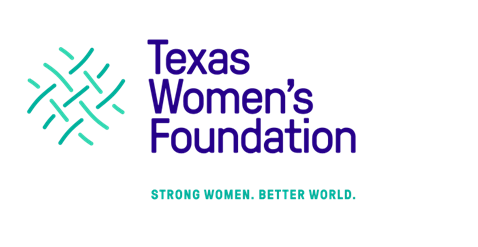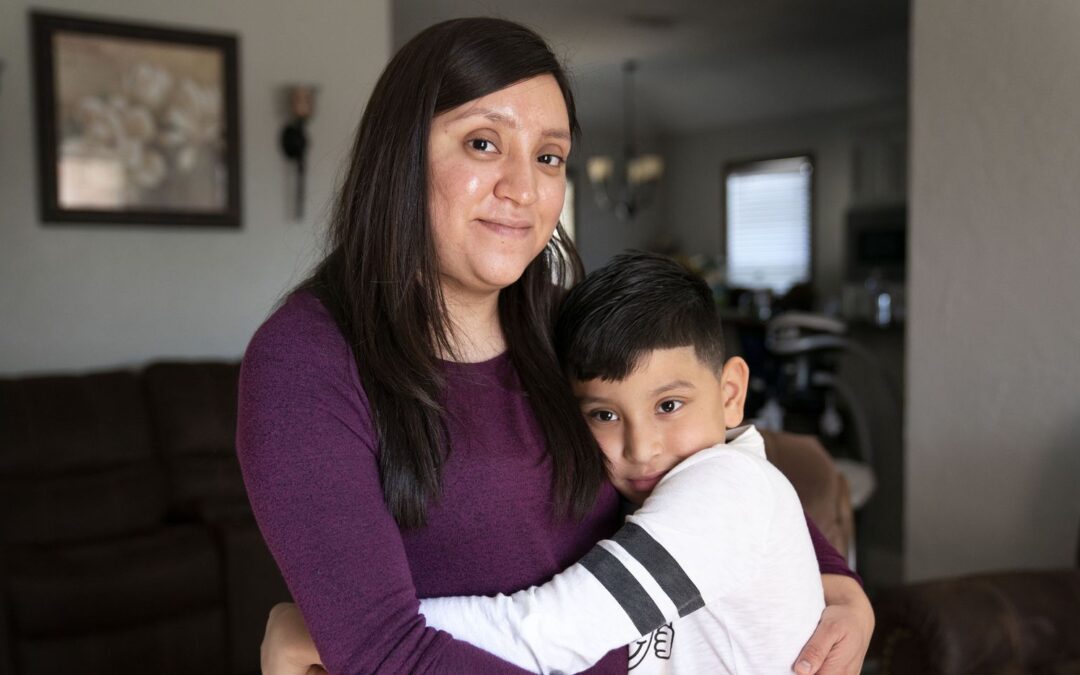Women in Texas are more likely to live in poverty, face high housing burdens and be responsible for child care. COVID-19 has made everything harder.
Via: Dallas Morning News
Since the pandemic began, over 5 million women have lost their jobs and over 2 million have dropped out of the labor force altogether.
The comparable numbers for men are not as dire, even though men account for a much larger share of the workforce.
More women work in hard-hit jobs, including in leisure and hospitality and public schools. But many also must shoulder heavy burdens for caregiving and remote schooling.
So how does a working woman hold on to her job and manage family life through the pandemic?
Cynthia Medina said she has a lot of support, including her mother to help with child care and an employer who provided paid maternity leave and flexible scheduling. She currently goes into the office three times a week.
Medina, 27, had a son in May, and her oldest boy, 8, attends elementary school a few times a week and studies remotely the rest of the time. She and her husband have held on to their jobs, but she wouldn’t have lasted without the help.
“I would have quit a long time ago,” Medina said. “I know tons of people who have either gone from full time to part time or just had to quit.”
The pandemic has exposed major disparities in the economy that often afflict women, especially women of color.
Last summer, when the pandemic was still accelerating, 1 in 4 women who were not working cited child care as the reason. The share was higher — nearly 1 in 3 — among women ages 25 to 44, according to an August report from researchers at the U.S. Census Bureau.
Affordable child care has always been a barrier for working women, preventing some from joining the labor force, according to the Texas Women’s Foundation, a Dallas-based advocacy group that promotes social and economic change for women, girls and families.
While women make up half of Texas’ population, they’re not as economically secure as men, according to the group’s 2020 study on economic issues. The gender pay gap continues with women earning less than men in every occupation, the report said, and that has lifelong financial consequences.
After reaching age 18, Texas women are more likely than men to live in poverty, a trend that persists through every age group. A college degree closes the gap significantly, but children can factor into that, too.
Even women with a college degree have been dropping out of the workforce to stay home with kids during the pandemic, said Robert Kaplan, president and CEO of the Federal Reserve Bank of Dallas.
“And this has cascaded down to women with a high school education or less,” Kaplan said in a recent virtual town hall meeting.
Medina, who was pregnant at 19, said she was able to get only an associate’s degree before focusing on her family. But she plans to return to college, perhaps to study accounting or nonprofit management.
She’s the office manager at Readers 2 Leaders, a literacy program that serves Dallas kindergarten and elementary students. Her husband works in construction, and she said her income is essential.
“We’re highly dependent on that,” Medina said. “We have a mortgage, car loans and property taxes coming up.”
During the pandemic, a greater share of Texas families have been struggling to put enough food on the table. And while protections against evictions have allowed people to stay in their homes, they’ll eventually have to pay back landlords and mortgage companies.
“Texas moms are already having a difficult time,” said Dena Jackson, chief operating officer at the Texas Women’s Foundation. “Those bills are just stacking up. So all of a sudden, instead of owing one month’s rent, they’ll owe six or seven. The likelihood of paying that off is pretty small.”
She’s hoping for more relief from the government, enough to help tenants and landlords. The foundation raised $1.4 million for a resilience fund to help women through the COVID-19 era, and contributed $350,000 to help with housing stability, she said.
Texas women are more likely to have a high housing burden, accounting for over 30% of gross income. For women of color and single moms, the disparities are significant and have real-world impacts.
“Only 1 in 15 white women say they’ve been evicted as an adult,” Jackson said. “But 1 in 5 Black women say they’ve been evicted at some point.”
The pandemic is ratcheting up the pressure by making some child care harder to find. The number of after-school programs in Dallas County has declined by about 30% during the pandemic, said Christina Hanger, CEO of Dallas Afterschool, an agency that helps families find such programs.
Add in new standards for social distancing and other measures, and the pandemic decline is about 48,000 local seats for children, she said. That affects kids and parents.
“How do we build that back quickly?” Hanger asked. “How can we help parents get back to the workplace?”
Vickie Allen, executive director at Educational First Steps, an advocate for early childhood education, fears that many child care providers will fail during the pandemic.
Some have already suffered deep declines in enrollment, and their businesses will be needed when jobs return.
“Child care really is the key differentiator in our economy,” Allen said. “If people can’t go to work because of child care, that hurts us all.”
Ashley Walker, 37, is a single mother in Dallas with six children, ages 3 to 18. She works from home as a community engagement specialist for a nonprofit group, Frazier Revitalization.
“For me personally, it’s really hard,” Walker said. “There’s no private space, there’s no space for me to really concentrate on work, and the kids have to do remote schooling.”
Her 5-year-old son, who is in kindergarten, often tires of classes via computer. Yet she still must squeeze in Zoom meetings. She said she has no choice — “I need to support my kids” — but it could be worse.
“I couldn’t imagine having to go into the office every day,” Walker said.

